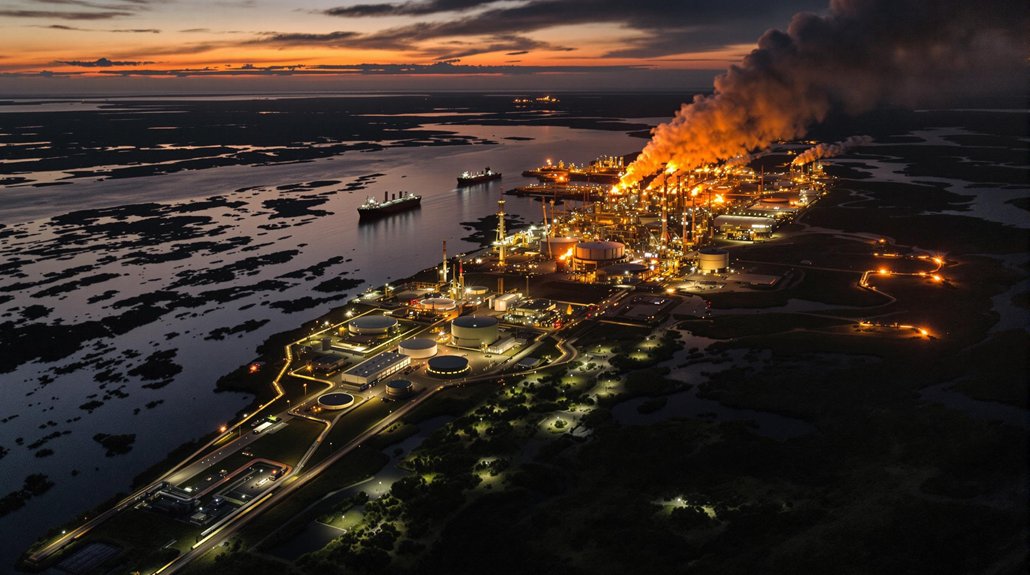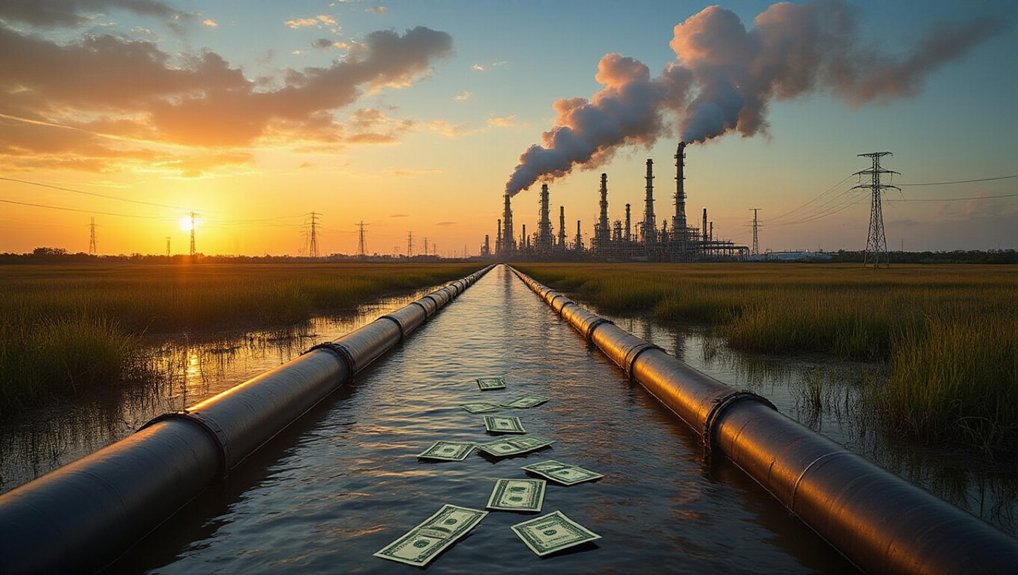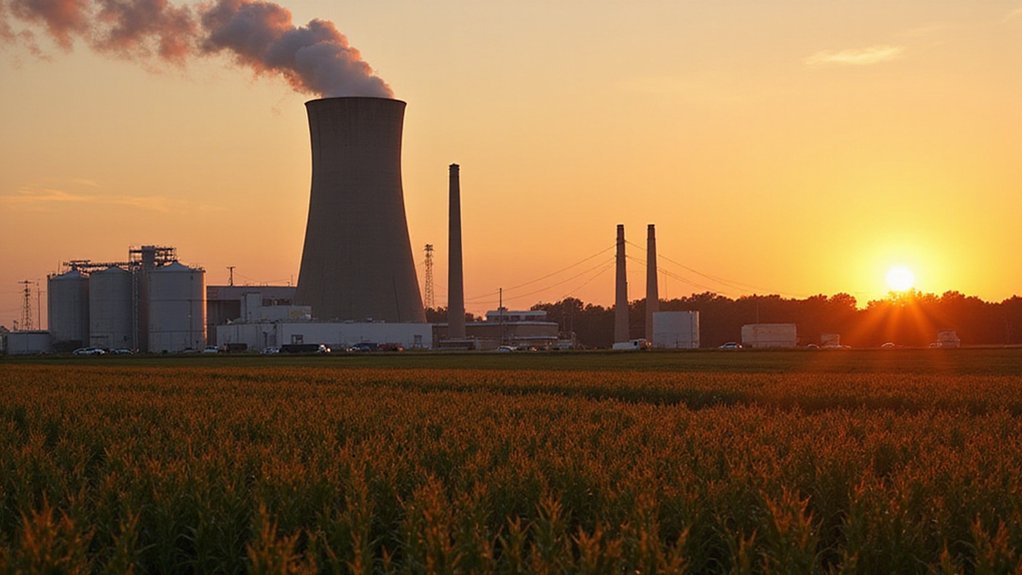The U.S. faces a critical energy decision as LNG export terminals multiply under Trump’s energy dominance strategy. While exports promise economic growth and global influence, experts warn of potential domestic consequences. American consumers and industries could see higher natural gas prices if supplies tighten. The debate intensifies as project costs rise and international tensions add uncertainty. The question remains: can America balance its global energy ambitions without compromising its own energy security?
As the U.S. rushes to approve more liquefied natural gas (LNG) export terminals, a high-stakes energy gamble is unfolding across America’s coastlines. Fourteen proposed terminals are seeking rapid approval while striking deals with international buyers. Two major projects in Louisiana—Calcasieu Pass 2 and Commonwealth LNG—recently received key federal approvals, joining about eight other projects in development.
The Trump administration has made “unleashing U.S. energy dominance” a priority since taking office. This marks a reversal from the previous slowdown in permits. The Department of Energy has fast-tracked approvals, issuing several conditional and time-extension permits since January 2025. Already, 76 million metric tonnes of LNG per year is under contract for sale to foreign countries. The focus on expanding fossil fuel production aligns with the administration’s energy realism approach that acknowledges fossil fuels still power over 80% of global energy needs.
Aggressive energy policy brings rapid LNG permit approvals since 2025, already securing 76 million tonnes in foreign contracts.
This export boom faces economic challenges. Project costs have increased due to inflation, labor shortages, and higher steel and aluminum tariffs. Many companies struggle to reach final investment decisions as they face commercial uncertainties and rising liquefaction fees. Some must renegotiate contracts, affecting their global competitiveness. The existing 25% tariffs on steel are particularly burdensome for new LNG infrastructure projects.
Critics worry about the impact on domestic gas supplies. Studies from the Department of Energy estimate LNG exports could raise costs for American industries by up to $125 billion by 2050. The drain on natural gas supplies could lead to higher prices for U.S. consumers and manufacturers. Export terminals may also increase price volatility, especially during high-demand periods.
The current administration views LNG exports as a tool for “energy diplomacy” and global influence. Officials have promoted this approach as a return to “regular order” after reversing the previous administration’s pause on export permits. These approvals stand in stark contrast to the Biden administration’s pause that introduced significant uncertainty for developers.
Industry groups continue to advocate for predictable regulatory processes from federal agencies. Meanwhile, the combined effects of tariffs, regulatory changes, and market conditions create a complex landscape for LNG developers. As more terminals receive approval, the question remains whether America’s gas gamble will benefit the economy without sacrificing domestic energy security.








